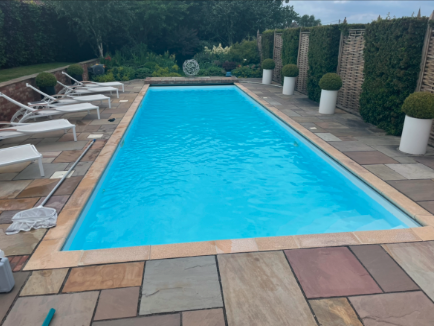How to Reduce The Calcium Levels In Your Swimming Pool
If calcium levels are not properly checked, your pool can quickly fall out of balance. Excessive calcium levels can result in murky water and other problems that can hurt swimmers and damage your pool’s equipment. Here’s everything you need to know to maintain a clean, healthy pool and low calcium levels.
Test And Monitor Regularly
Regular testing with a high-quality water testing kit should be done as the initial step in any calcium reduction effort. This will enable you to monitor any alterations in the chemistry of your pool and, if necessary, make corrections before a problem arises.
Lowering The pH Level
Lowering your pool’s pH level is the simplest technique to minimise calcium levels. Reduced water alkalinity tends to increase calcium hardness, hence reducing pH will naturally result in a reduction. Muriatic acid or sodium bicarbonate can be used to change the pH balance; just be sure to properly follow the manufacturer’s directions.
Increasing Circulation And Filtration
Increasing circulation and filtration inside your pool system should also be a priority because they help shift deposits and stop them from collecting on surfaces or equipment. For optimum performance, make sure that all filters are cleaned often and that the pump systems are in good working order.
You must maintain a balanced chemistry in your pool to keep it a safe place for swimmers and to ensure the durability of all of its parts. Every swimmer will have a pleasurable time without encountering any significant concerns with their swimming pool if regular testing and monitoring are combined with appropriate maintenance!

